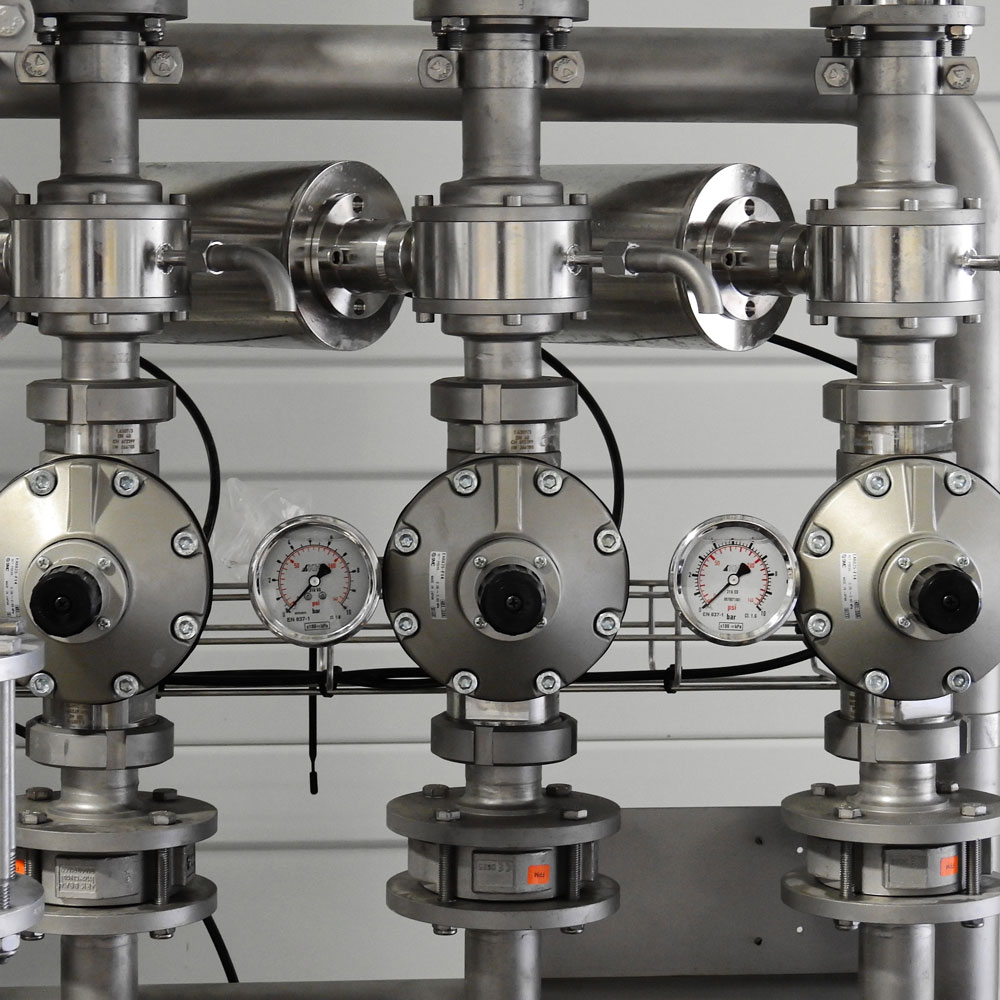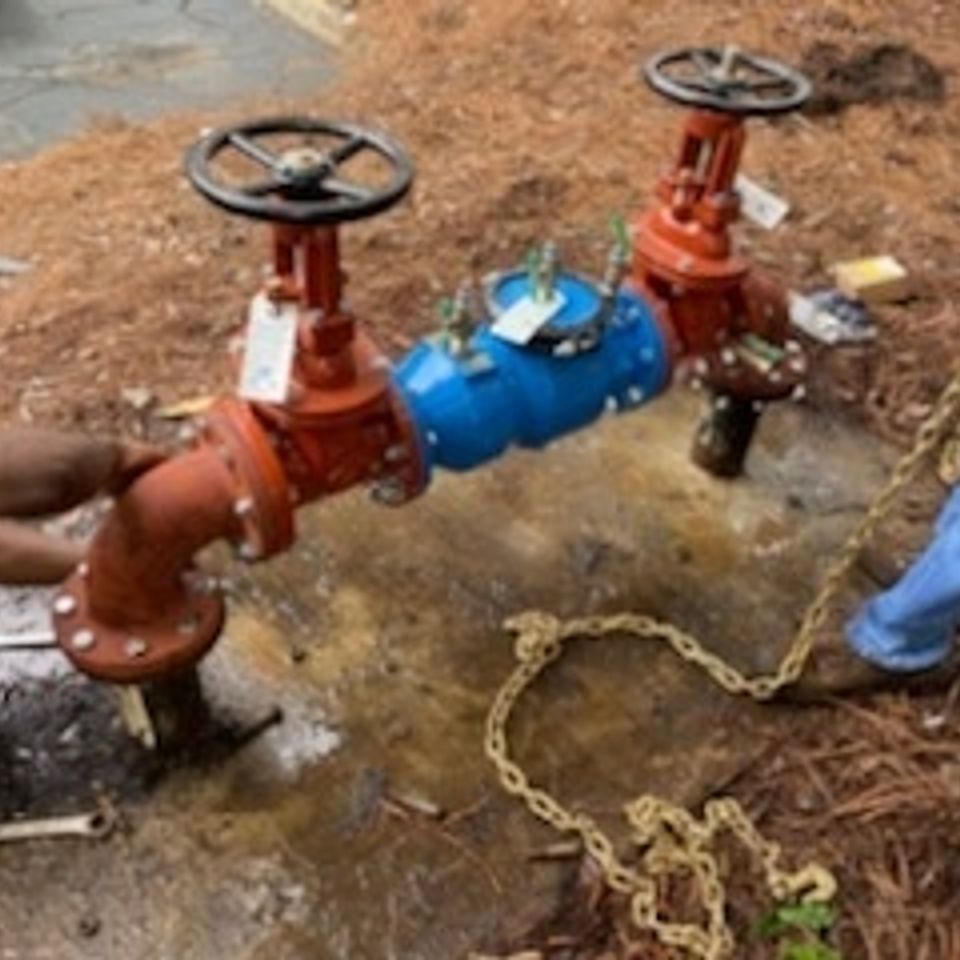Do I Need to Perform a Backflow Test on My Water
Do I Need to Perform a Backflow Test on My Water
Blog Article
Just how do you really feel with regards to What is Backflow Testing??

Yes, you need to backflow examination your house's water system to guarantee that the water is free of contaminants and dangerous levels of chemicals. You should not try to carry out heartburn screening on your very own due to the fact that of the tools called for and area for error. We recommend that you call a specialist plumber every number of years to test your water.
Backflow Can Impact Both You as well as Your City
Lots of cities develop heartburn standards due to the fact that hazardous backflow can affect the general public water supply along with a solitary structure. Modern cities have backflow devices in area that shield the water supply that comes from most residences as well as commercial residential or commercial properties. The real danger originates from irrigation systems, which can damage the water with toxic plant foods, manure, and various other chemicals.
What Triggers Backflow?
A regular reason of heartburn is a loss of water pressure that triggers the water to siphon back into the water supply. After some time, there is a loss in water stress and the pipe begins to suck the water back into the water supply. As you can imagine, there are now chemicals from the paint that are going into the water supply, potentially posing a danger.
Backflow Testing is Called For by Law in Specific Cities
Depending on where you live, you might actually be called for by regulation to backflow examination your legislation. Iowa City keeps a record of all homes offered by the city's water supply.
You Can Protect Against Backflow
The primary function of a backflow device is to prevent water from streaming backwards into your water supply. Plumbers install the tool on the pipelines in your home to ensure that the water only streams in the correct instructions.
What is Backflow?
Basically, heartburn is when water moves upwards-- the opposite instructions in the plumbing system. This is also known as "backpressure." When the water relocates this instructions, it can blend with hazardous contaminants and also pose a danger.
Call a Plumber to Evaluate for Heartburn Prior To It is Far too late
A plumbing firm can promptly check your home's water to identify if there are any harmful chemical degrees. And also if you do discover that your water has high levels of toxic substances, a plumber can easily install a backflow prevention device.
Yes, you need to backflow test your residence's water supply to make certain that the water is totally free of toxic substances as well as dangerous degrees of chemicals. Many cities develop heartburn standards since harmful backflow can influence the public water supply in enhancement to a solitary building. A typical reason of heartburn is a loss of water pressure that causes the water to siphon back right into the water supply. After some time, there is a loss in water pressure and also the pipe begins to suck the water back into the water supply. The main objective of a heartburn device is to protect against water from streaming in reverse into your water supply.
Why You Need Backflow Testing
Backflow Testing
How important is it to keep your potable water and wastewater separate? The consequences of wastewater contamination can be severe, leading to numerous diseases and public health hazards. It’s important for the health of your family that you keep your plumbing in good condition and safe from the dangers of backflow.
The drinking water in your plumbing is pressurized, but the wastewater is not; it instead moves through gravity and ventilation. The design of plumbing, with different pressure areas, is what prevents cross-contamination between wastewater and potable water. A drop in water pressure can cause wastewater to flow into the potable water pipes through back-pressure. A plumber can install a backflow preventer at a strategic point to prevent this from occurring. There are other sources for backflow trouble: any faulty cross-connections—such as bypasses, jumper connections, or change-over devices—can lead to backflow.
Backflow testing is an important procedure to discover out how best to prevent contamination in your water supply. A proper test can identify the type and location of backflow preventer to help keep your fresh water clean. After a backflow preventer is installed, you should still schedule yearly testing to see that the device is working correctly.
Testing is a basic procedure for professionals: they connect a testing kit to the backflow preventer, shut off the water downstream from the device, and check that the preventer is working correctly. Because the backflow preventer is installed outside your house, you do not need to be home for the test.
https://www.tuckersac.com/blog/plumbing-service/why-you-need-backflow-testing/

Hopefully you liked our article on Backflow Testing. Thank you for taking a few minutes to read our content. Be sure to take a moment to share this page if you liked it. Thanks a bunch for your time. Kindly pay a visit to our blog back soon.
Leaks? Contact us! Report this page